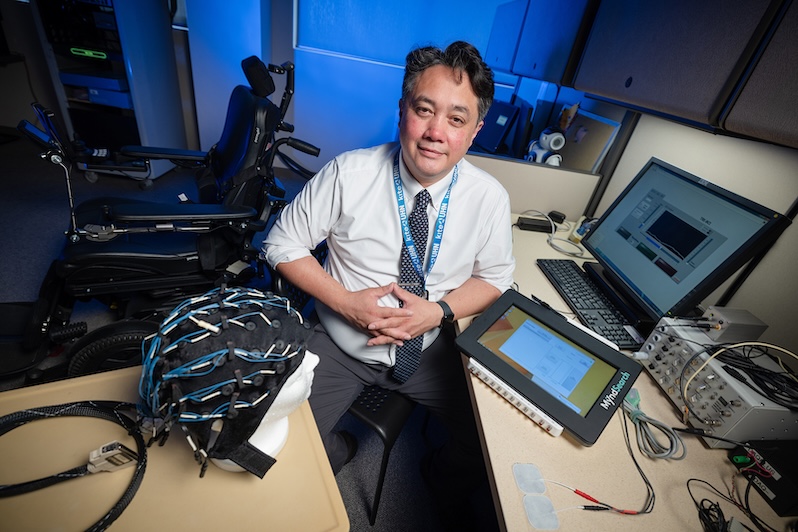Crowded hospitals, long wait times and nurse burnout have become common news stories, reinforcing the ongoing strain on our healthcare system. In fact, a survey conducted by the Registered Nurses’ Association of Ontario (RNAO) found that over 75 per cent of Canada’s nurses are “burnt out”. While stories like this are common, rarely are solutions presented to help address the challenges.
Though there are multiple factors across the healthcare system that contribute to this, nurses who support infusion care can face a particular set of challenges that, if addressed, could alleviate some of the burden.
Lynne Ross, Director, Infusion and Nutrition Systems at Fresenius Kabi Canada and registered nurse, reflects on a time when everything related to infusion care was manual. During the quiet, early morning hours, she and her nurse colleagues worked diligently to ensure the correct treatment doses were administered at the correct rate, fully aware that even a minor mistake could have serious consequences for patients.
Infusion systems have come a long way since this time. Technologies like drug libraries and electronic health record (EHR) interoperability are taking the place of calculations by hand and manual reconciliation with
medication orders.
“We become nurses because we want to help patients get better. Throughout my career it’s been incredible to see how advancements, that I could not have imagined, have improved patient safety in significant ways,” explains Lynne. “On the flip side, we have also seen an increase in complexities associated with medical technologies which have shifted nurses away from delivering bedside care at a time where they are needed most.”
Despite the growing nurse shortage, valuable clinician time is often spent on complex pump set-up and programming, a high volume of associated manual documentation, troubleshooting device errors and addressing the associated alarms. Often, nurses need to know as much about the anatomy of infusion pumps as the anatomy of patients.
Not only does this impact the quality of care a patient may receive, but it also compounds organizational inefficiencies and clinician stressors in an already stretched healthcare system. As infusion pump technology advances, how technology is designed to support the clinician must be a central consideration.
Recently approved in Canada, Fresenius Kabi’s Ivenix Infusion System was built to tackle many of these challenges.
To start, the System uses a novel pumping mechanism that automatically compensates for external factors like bag height, fluid viscosity, or patient movement. This means the mechanics of the pump provide accurate and consistent fluid delivery, giving nurses fewer factors to worry about when administering an infusion.
“Unfortunately, a nurse is often blamed for medication administration errors when, in fact, these events should be viewed from a systems perspective,” Lynne continues. “Pump advancements like the ones we see with Ivenix are designed to reduce the cognitive load of remembering essential set-up requirements and implications of operating conditions when delivering an infusion, while also helping clinicians feel more confident in the care they are providing.”
In addition to this, the intuitive, smartphone-like, interface supports accurate programming with each infusion. The reduced complexities associated with navigating through the Ivenix Infusion System, means nurses can quickly adapt once the new pumps are introduced.
Finally, the Infusions Dashboard allows for a remote view of ongoing infusions for multiple patients, giving nurses access to critical treatment information, whenever, and wherever they are in the hospital. It also assists with consistent and accurate communication between nurses during hand-offs at shift changes.
“Providing nurses with continual real-time infusion data and insights means they can make more informed and immediate care decisions, without the need to travel unnecessarily to check each device,” explains Lynne. “This in turn means more time for patient-focused activities like patient education, clinical assessment or monitoring.”
Infusion technology has come a long way to improve patient safety, and now advanced infusion care is offering a brighter future for healthcare workers as well. As we evaluate and adopt new technologies, we need to ensure that they not only improve safety for patients, but also improve clinicians’ ability to deliver the best care possible. Ultimately this will contribute to a healthier healthcare system for everyone.
This article was contributed by Fresenius Kabi Canada.





